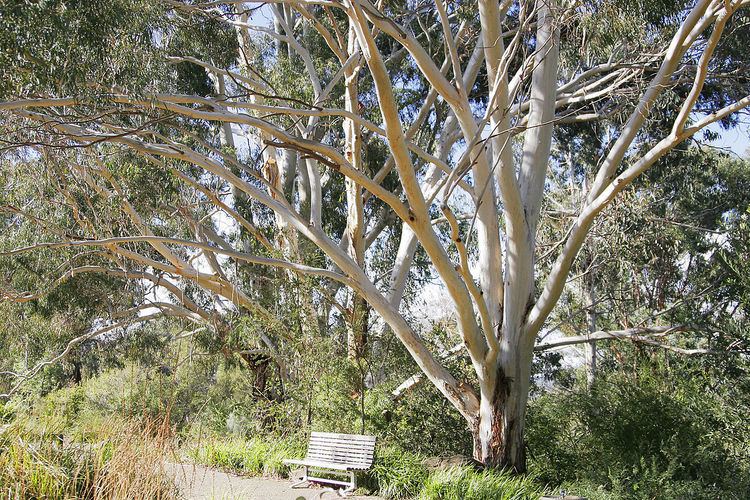Type Botanical Website anbg.gov.au/anbg Owner Australia | Area 90 ha (220 acres) Phone +61 2 6250 9588 Opened 1949 | |
 | ||
Owned by Commonwealth of Australia Hours Open today · 8:30AM–5PMFriday8:30AM–5PMSaturday8:30AM–5PMSunday8:30AM–5PMMonday8:30AM–5PMTuesday8:30AM–5PMWednesday8:30AM–5PMThursday8:30AM–5PM Similar Lake Burley Griffin, Telstra Tower, Old Parliament House - C, National Zoo & Aquarium, Black Mountain Profiles | ||
The Australian National Botanic Gardens (ANBG) are located in Canberra and are administered by the Australian Government's Department of the Environment and Heritage.
Contents
- Australian national botanic gardens nature walk
- History of the Gardens
- The collection
- Research at the Gardens
- References
The botanic gardens are the largest living collection of native Australian flora, the mission of the ANBG is to study and promote Australia's flora. The gardens maintains a wide variety of botanical resources for researchers and cultivates native plants threatened in the wild.
Australian national botanic gardens nature walk
History of the Gardens
When Canberra was being planned in the 1930s, the establishment of the gardens was recommended in a report in 1933 by the Advisory Council of Federal Capital Territory. In 1935, The Dickson Report set forth a framework for their development. A large site for the gardens was set aside on Black Mountain. In September 1949, the Ceremonial planting of first trees by Prime Minister Ben Chifley and Director of Kew Gardens, Sir Edward Salisbury took place. Development of the site, facilities and collection progressed and the Gardens were officially opened in October 1970 by Prime Minister John Gorton.
The Gardens has tenure over 90 hectares on Black Mountain. About 40 hectares are currently developed as the Botanic Gardens. Plans for the development of the remaining land are on hold until funds are available.
The collection
The gardens is organised in thematic sections, plants are grouped by shared taxonomy or are presented in ecological groupings that exist in nature. More than 5,500 species are cultivated. Displays include:
Research at the Gardens
The Australian National Herbarium is held on site at the National Botanic Gardens. The Herbarium houses the largest collection of pressed, dried plant specimens in Australia. The Herbarium is operated jointly with the CSIRO as part of a joint research facility, the Centre for Plant Biodiversity Research. It is not open to the public. The Australian National Herbarium is participating in the creation of Australia's Virtual Herbarium (AVH), a web based record of botanical information, including six million specimen records displaying geographic distribution, images, descriptive text and identification tools.
The Gardens manages several large plant databases, including What's its Name? is a simple point of access to the more complex 'Australian Plant Name Index' APNI listing all the scientific names ever used for Australia's plants. A large collection of photographs is also available.
The Gardens' library has significant collections of botanical books, journals, CD-ROMs and maps. The library is open to students and the public by appointment.
